8 Climbing Plants Great for Indian Balconies & Gardens
Wish to add some vertical interest to your balcony garden? These eight climbers & creepers can be your pick
In simple words, climbers here refer to the plants that grow upwards using a support (bigger plants, trees, poles or other artificial means). Climbers develop tendrils (thin extensions from the stem) or suckers (stem sprouts) for anchorage or twine themselves around their props. Although they spread naturally, their stems can be tied to lead them to extend towards a particular direction. In landscaped gardens, climbers can not only blur hard lines and soften hardscape walls, but they can also boost the colour and beauty of the space.
Ready to bring some vine goodness to your garden? If you are wondering which plants to opt for, here is a list of climbers that are just right for Indian homes like yours.
Ready to bring some vine goodness to your garden? If you are wondering which plants to opt for, here is a list of climbers that are just right for Indian homes like yours.
2. Blue morning glory (Ipomoea indica)
Also known as blue dawn flower or koali awa, this evergreen vine features striking blue-purple trumpet-shaped flowers, dark-green velvety heart-shaped leaves and a slender twining stem. It produces fragile new flowers every day during late spring, summer and autumn.
What it needs:
Blue morning glory needs exposure to full sun, well-drained soil and regular watering when in growth. Feed it fertiliser at that time, too. It is best to shelter the plant from strong winds.
Find a landscape architect to plan your garden space
Also known as blue dawn flower or koali awa, this evergreen vine features striking blue-purple trumpet-shaped flowers, dark-green velvety heart-shaped leaves and a slender twining stem. It produces fragile new flowers every day during late spring, summer and autumn.
What it needs:
Blue morning glory needs exposure to full sun, well-drained soil and regular watering when in growth. Feed it fertiliser at that time, too. It is best to shelter the plant from strong winds.
Find a landscape architect to plan your garden space
3. Devil’s ivy (Epipremnum aureum)
Devil’s ivy is commonly known as the money plant or golden pothos in India. Heart-shaped leaves with yellow or white speckles are the main characteristics of this evergreen climber vine. It is a low-care, fast-growing plant.
What it needs:
Bright, direct sunlight and low humidity do not suit this vine; a shaded or semi-shaded zone of the garden would suit it just right. Regular watering is needed in the summer months and infrequently during winter.
Know here- How to Live With a Money Plant
Devil’s ivy is commonly known as the money plant or golden pothos in India. Heart-shaped leaves with yellow or white speckles are the main characteristics of this evergreen climber vine. It is a low-care, fast-growing plant.
What it needs:
Bright, direct sunlight and low humidity do not suit this vine; a shaded or semi-shaded zone of the garden would suit it just right. Regular watering is needed in the summer months and infrequently during winter.
Know here- How to Live With a Money Plant
4. Star jasmine (Trachelospermum jasminoides)
The fragrance-laden star jasmine or confederate jasmine is an evergreen climber, but is not a true jasmine. It wears shiny green foliage and white flowers on woody stems. The five-petalled flowers blossom abundantly during the late spring and summer.
True jasmines, almost identical to the star jasmine, are juhi (Jasminum auriculatum), Arabian jasmine (J. sambac) and angelwing jasmine (J. nitidum). They are twining vines with fragrant little white flowers, commonly grown in India.
What it needs:
Although star jasmine is a hardy, winter-tolerant plant, it favours medium watering and well-drained soil. It can do well in full to partial sun conditions.
The fragrance-laden star jasmine or confederate jasmine is an evergreen climber, but is not a true jasmine. It wears shiny green foliage and white flowers on woody stems. The five-petalled flowers blossom abundantly during the late spring and summer.
True jasmines, almost identical to the star jasmine, are juhi (Jasminum auriculatum), Arabian jasmine (J. sambac) and angelwing jasmine (J. nitidum). They are twining vines with fragrant little white flowers, commonly grown in India.
What it needs:
Although star jasmine is a hardy, winter-tolerant plant, it favours medium watering and well-drained soil. It can do well in full to partial sun conditions.
5. Bengal clock vine (Thunbergia grandiflora)
The Bengal clock vine has lovely trumpet-shaped blue flowers borne in long clusters, dense foliage and perennial growth. This native Indian plant, also known as Bengal trumpet or blue skyflower, has rope-like stems which twine only clockwise, giving it its unusual name.
What it needs:
The Bengal clock vine is a low-maintenance, evergreen plant. It grows best in moderate conditions – partly sunny, warm, gently moist weather.
The Bengal clock vine has lovely trumpet-shaped blue flowers borne in long clusters, dense foliage and perennial growth. This native Indian plant, also known as Bengal trumpet or blue skyflower, has rope-like stems which twine only clockwise, giving it its unusual name.
What it needs:
The Bengal clock vine is a low-maintenance, evergreen plant. It grows best in moderate conditions – partly sunny, warm, gently moist weather.
6. Sweet potato vine (Ipomoea batatas)
A very distant relative of the potato, the sweet potato vine is, surprisingly, from the blue morning glory family. It is a vigorously growing, perennial plant species with beautiful dark-green to lime-green leaves and white flowers with purple throats. Its enlarged, sweet, starchy root is the edible sweet potato vegetable, popularly cultivated in parts of south and east India. The ornamental variety is known as the tuberous morning glory.
What it needs:
This vegetable-producing vine requires moderate watering all through the year. It enjoys well-drained soil under full to partial sun exposure.
A very distant relative of the potato, the sweet potato vine is, surprisingly, from the blue morning glory family. It is a vigorously growing, perennial plant species with beautiful dark-green to lime-green leaves and white flowers with purple throats. Its enlarged, sweet, starchy root is the edible sweet potato vegetable, popularly cultivated in parts of south and east India. The ornamental variety is known as the tuberous morning glory.
What it needs:
This vegetable-producing vine requires moderate watering all through the year. It enjoys well-drained soil under full to partial sun exposure.
7. Flame vine (Pyrostegia venusta)
The flame vine or golden shower climber is a fast-growing, woody climber that blooms with countless orange-red flowers during winter and spring. The tip of each branch forms a cluster of 15-20 flowers, presenting a distinctive ‘fiery’ look to the vine plant.
What it needs:
Regular watering and full to partial sun facilitate the healthy growth of this evergreen climber.
The flame vine or golden shower climber is a fast-growing, woody climber that blooms with countless orange-red flowers during winter and spring. The tip of each branch forms a cluster of 15-20 flowers, presenting a distinctive ‘fiery’ look to the vine plant.
What it needs:
Regular watering and full to partial sun facilitate the healthy growth of this evergreen climber.
8. Bleeding heart vine (Clerodendrum thomsoniae)
The bleeding heart vine is a woody vine bearing ornamental bi-coloured flowers and bushy green leaves. The five-lobed white sepals with little red flowers contrast with the green backdrop, making the climber picturesque and charming. The flowers blossom abundantly through the summer months.
What it needs:
This vine loves sunlight and thrives when watered regularly.
Read on:
Where to Grow Vines and Creepers
10 Clever Urban Gardens
Tell us:
Do you have climbers in your garden? How do you take care of them? Do show us pictures in Comments below.
The bleeding heart vine is a woody vine bearing ornamental bi-coloured flowers and bushy green leaves. The five-lobed white sepals with little red flowers contrast with the green backdrop, making the climber picturesque and charming. The flowers blossom abundantly through the summer months.
What it needs:
This vine loves sunlight and thrives when watered regularly.
Read on:
Where to Grow Vines and Creepers
10 Clever Urban Gardens
Tell us:
Do you have climbers in your garden? How do you take care of them? Do show us pictures in Comments below.





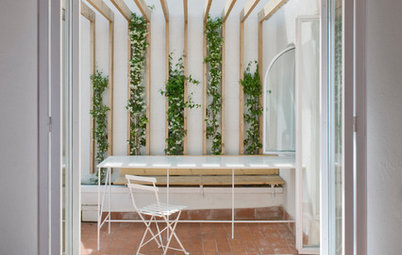
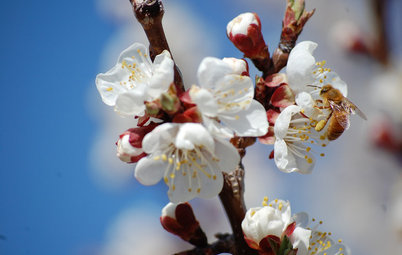
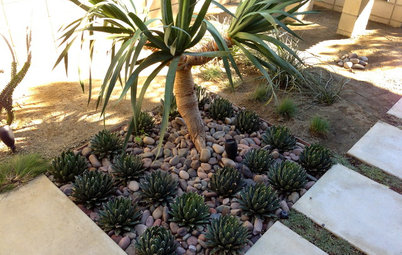
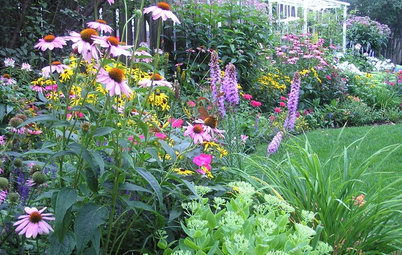
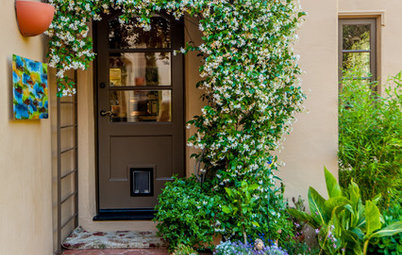
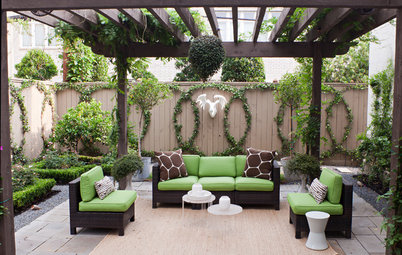
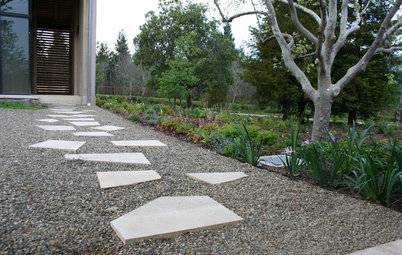
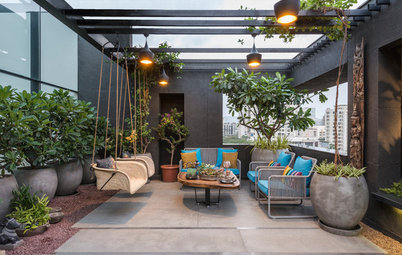
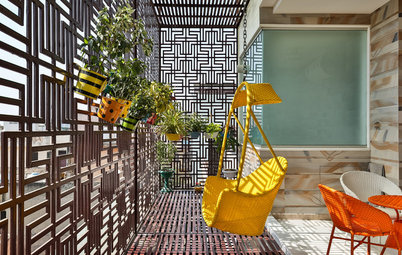
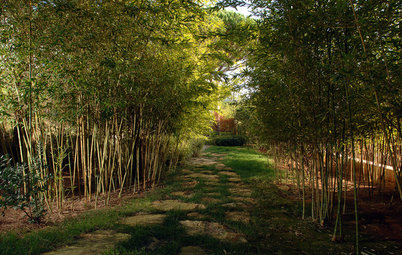
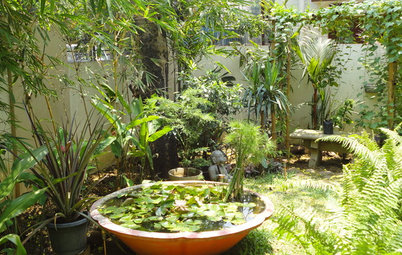
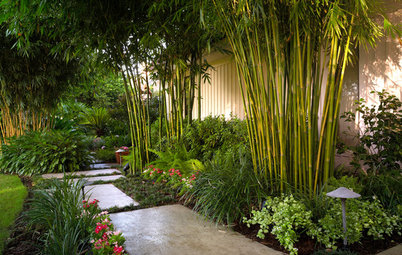
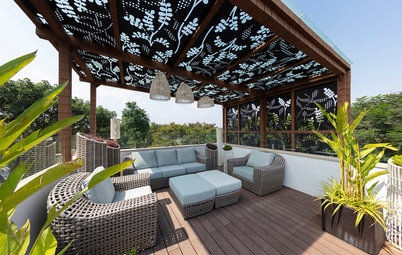
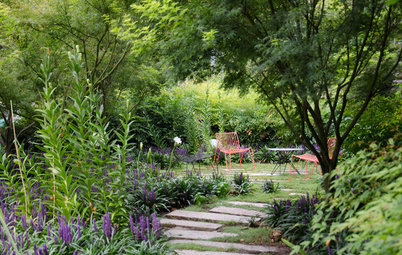
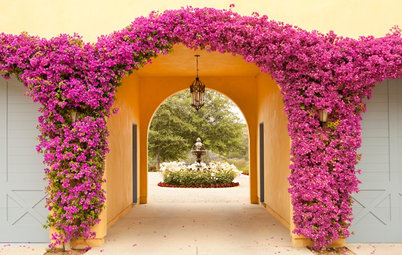
Talking about climbers, the bougainvillea are the first plant genus that comes to my mind. It is a low-care vine, commonly recognised by its flamboyant clusters of vividly hued flower-like bracts (specialised leaves). The actual tiny white flowers nestle within. On closer contact one notices its liberally thorny branches. A healthy bougainvillea’s bracts (of magenta, pink, red, orange, yellow or white) create a wonderful splash of colour. Among other types of bougainvillea, B. glabra (also known as paper flower) is widely prevalent in India.
What it needs:
This ornamental plant requires full sun and well-drained soil. Water it regularly initially for steady growth, but after that make it a good, deep watering occasionally; do not over-water. It is tolerant to drought and salt, making it suitable for raising in hot, dry and coastal climates too.